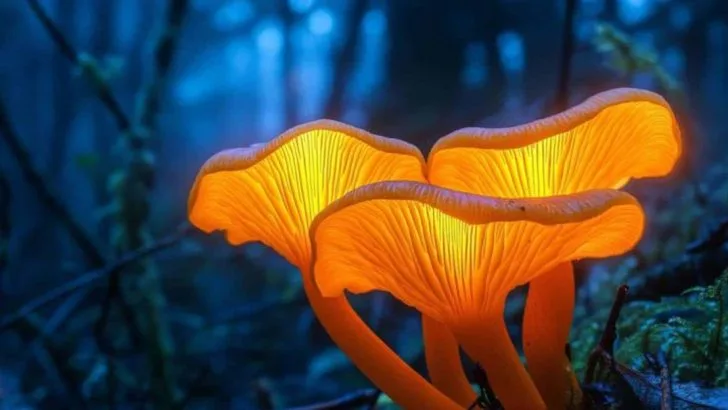Plants are more than just greenery—they are some of the most remarkable living organisms on Earth. From their ability to communicate with each other to their role in producing the oxygen we breathe, plants are full of surprising secrets that many people don’t know.
Some can survive extreme conditions, while others have developed unique defense mechanisms to protect themselves from predators. There are even plants that can move, count, and remember—challenging what we think we know about the natural world!
In this article, we’ll uncover 15 fascinating facts about plants that will not only amaze you but also deepen your appreciation for the incredible power of nature.
Carnivorous Plants

In the realm of plants, some species have taken an extraordinary evolutionary path by becoming carnivorous. These fascinating plants, like the Venus Flytrap, have developed mechanisms to trap and digest insects and small animals to supplement their nutrient intake. This adaptation is especially beneficial in nutrient-poor soils, where traditional methods of nutrient absorption fall short.
Imagine a plant that requires more than just water and sunlight to thrive. Through complex yet efficient systems, carnivorous plants not only survive but flourish in environments where others would struggle. Their captivating behavior continues to intrigue botanists and plant enthusiasts alike.
The Sensitive Plant
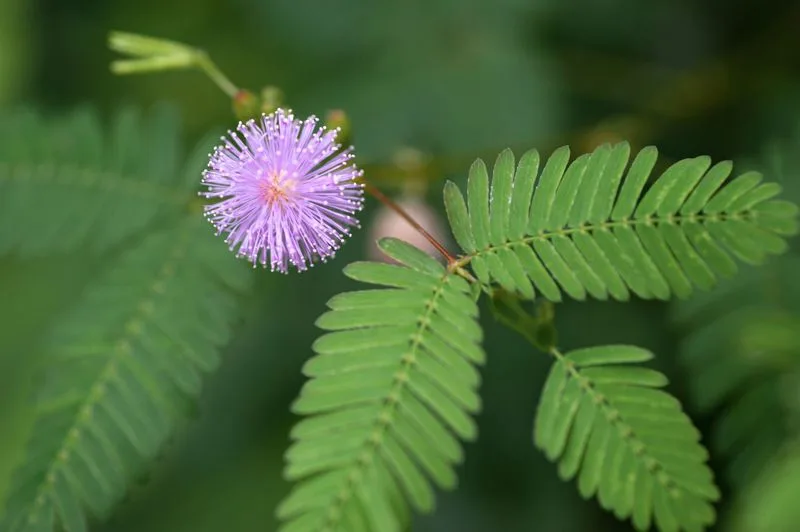
Mimosa pudica, better known as the sensitive plant, exhibits a remarkable response to physical stimuli. This plant closes its leaves when touched, a mechanism that fascinates both children and adults. The rapid movement is thought to be a defensive strategy against herbivores, making the plant less appealing to eat.
It’s not every day you see a plant react so visibly to touch, displaying a behavior more associated with animals. The sensitive plant brings a sense of interaction and movement to the plant world, challenging the perception of plants as passive organisms. It’s a delightful reminder of nature’s ingenuity.
Oldest Living Organism
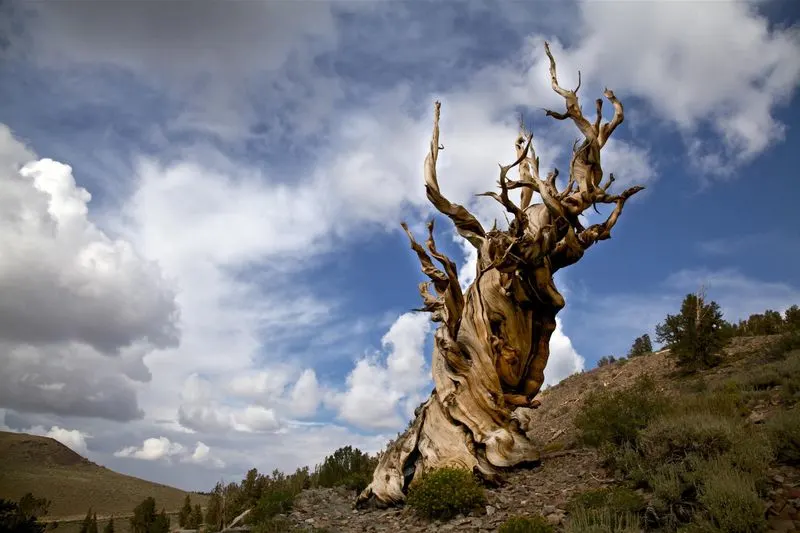
Meet Pando, a colony of aspen trees in Utah, USA, believed to be the oldest living organism on Earth. This grove of genetically identical trees shares a single root system, spanning over 100 acres. Scientists estimate Pando to be around 80,000 years old, making it a living testament to resilience and longevity.
Pando’s existence highlights the incredible life strategies plants can employ. Its interconnected root system allows it to regenerate and endure environmental challenges. This extraordinary organism reminds us that some of Earth’s most remarkable life forms may be hiding in plain sight.
Largest Flower in the World
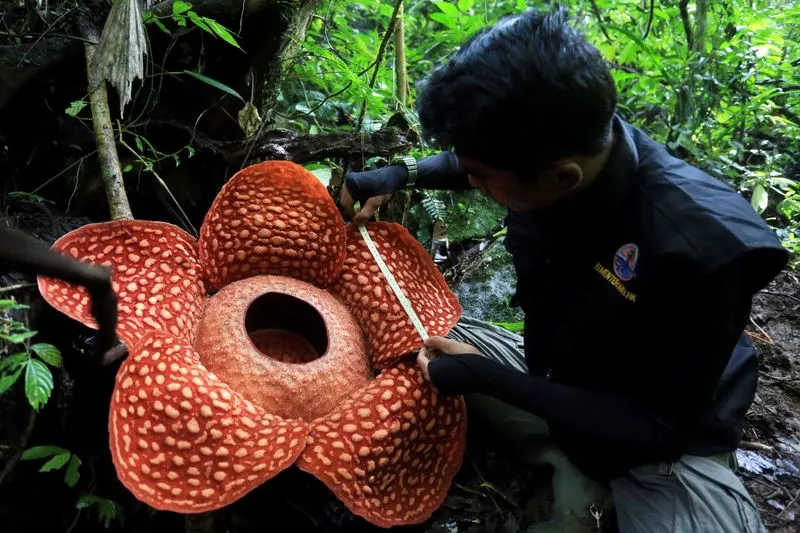
The Rafflesia, native to the rainforests of Southeast Asia, boasts the title of the world’s largest flower. These massive blooms can reach over three feet in diameter and weigh up to 15 pounds. Despite their impressive size, Rafflesia flowers are notorious for their pungent odor, reminiscent of decaying flesh.
This unique scent attracts flies, their primary pollinators, highlighting the unusual methods plants can use to reproduce. The Rafflesia’s bizarre appearance and fragrance make it one of nature’s most intriguing spectacles, proving that beauty in the plant kingdom is as diverse as it is astonishing.
Plants that Glow
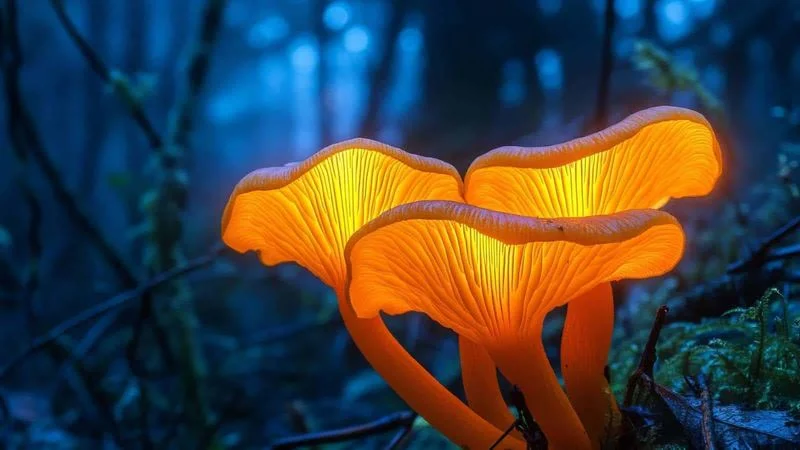
Bioluminescence isn’t just for deep-sea creatures; some plants also possess this mesmerizing characteristic. Certain fungi, like the Jack-o’-Lantern mushroom, emit a soft glow that illuminates forest floors at night. This magical phenomenon is caused by a chemical reaction involving luciferin and oxygen.
The glow is not just for show; it plays a role in attracting insects that aid in spore dispersal. Bioluminescent plants remind us that nature is full of surprises, continually blurring the lines between different kingdoms of life. Their mysterious light adds a touch of magic to the natural world.
Trees that Talk
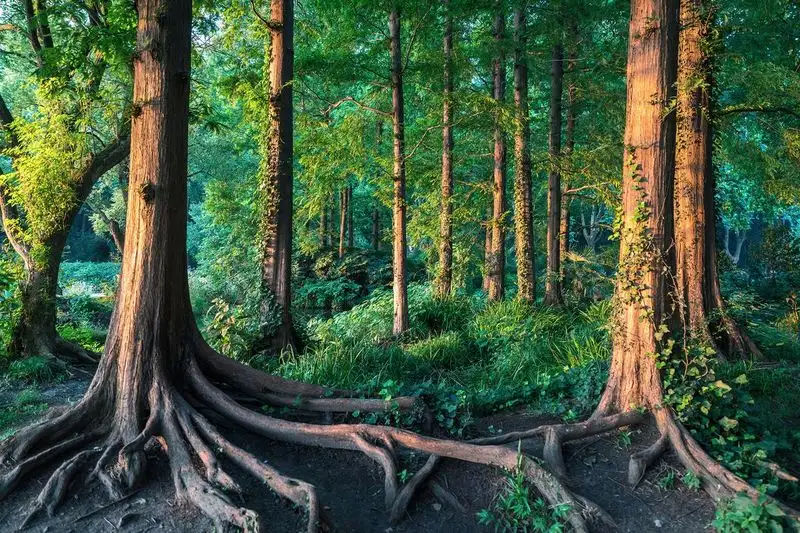
Trees have a hidden underground network, often referred to as the “Wood Wide Web,” that allows them to communicate. Through mycorrhizal fungi, trees can share nutrients and send warning signals about environmental threats. This interconnectedness fosters a cooperative ecosystem where trees support each other’s survival.
The idea of trees communicating might sound like science fiction, but research has shown that these networks play a crucial role in forest dynamics. Understanding this complex communication system offers insights into plant behavior and the intricate web of life that sustains our planet.
The Resurrection Plant
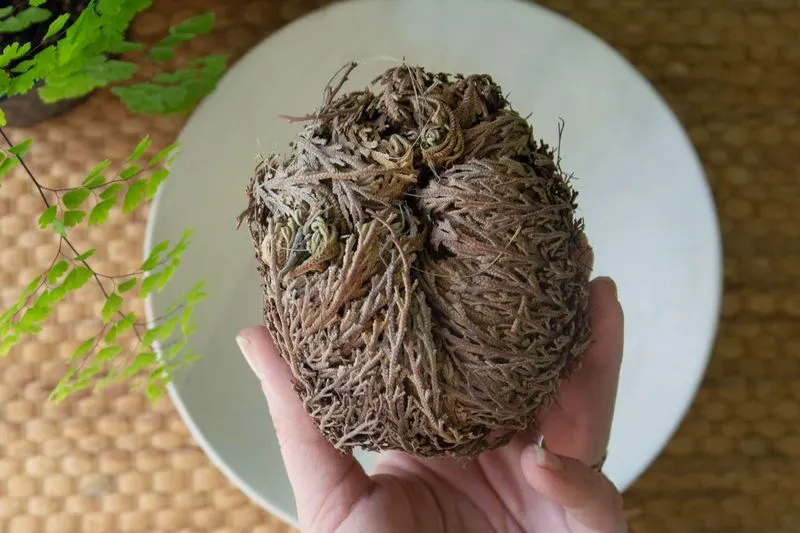
Selaginella lepidophylla, commonly known as the resurrection plant, has an astounding ability to survive extreme dehydration. This plant can appear completely dead, curling into a tight ball, only to unfurl and revive with the addition of water. It’s a living symbol of resilience and adaptability.
In deserts, where water is scarce, the resurrection plant’s unique survival mechanism allows it to withstand harsh conditions. This ability to seemingly come back from the dead is a captivating example of nature’s resourcefulness, showcasing how life can persist against the odds.
Plants that Detect Explosives
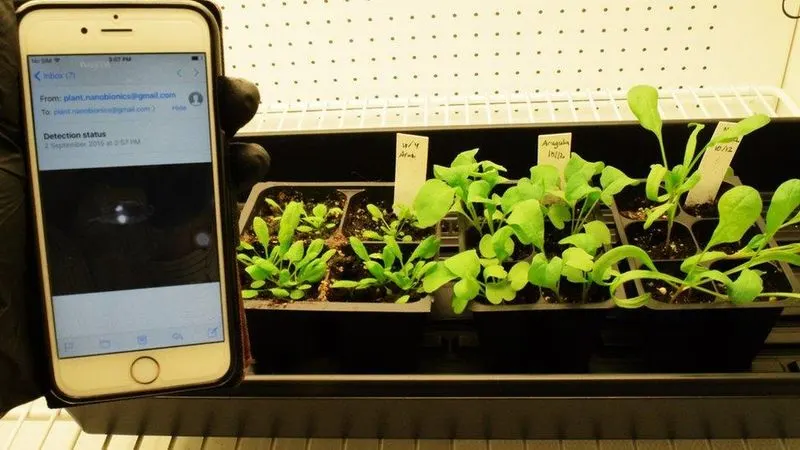
Biotechnology has enabled plants to become unconventional detectors of explosives. Scientists have genetically modified certain plants to change color in the presence of explosive compounds. This innovation offers a sustainable and non-invasive method for landmine detection.
The concept of using living organisms for such critical tasks highlights the potential of plants beyond their traditional roles. These bioengineered plants represent a fusion of nature and technology, providing an eco-friendly solution to a global problem. It’s a glimpse into a future where plants contribute innovatively to human safety and security.
Bamboo: Fastest Growing Plant
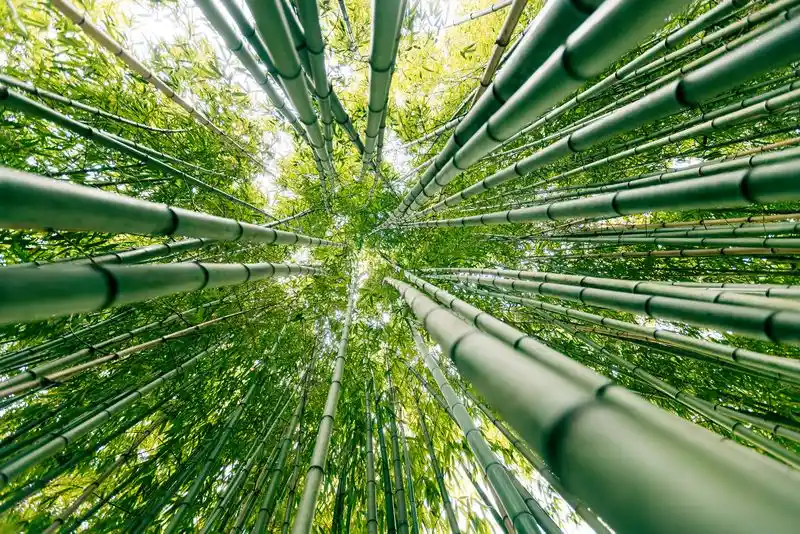
Few plants match the growth speed of bamboo, which can grow up to 35 inches in a single day. This incredible rate makes bamboo the fastest growing plant on earth, a fact that has significant ecological and economic implications.
Bamboo’s rapid growth and versatility make it a sustainable resource for construction, textiles, and more. It’s a renewable alternative to wood, crucial for reducing deforestation. The plant’s ability to replenish quickly while providing valuable materials underscores its importance in sustainable development and environmental conservation.
Plants that Heal
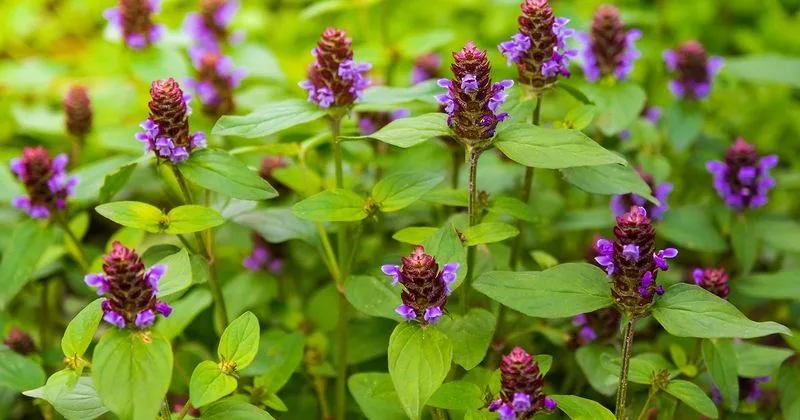
Plants have been a cornerstone of medicine for centuries, with countless species possessing healing properties. From aloe vera soothing burns to digitalis derived from foxgloves treating heart conditions, the plant kingdom is a vast pharmacy.
Traditional medicine has long relied on the therapeutic benefits of plants, and modern science continues to discover new applications. The diversity of medicinal plants highlights nature’s potential in healthcare, offering remedies that are often more holistic and accessible than synthetic alternatives. This natural wealth demonstrates the importance of conserving plant biodiversity.
The Corpse Flower
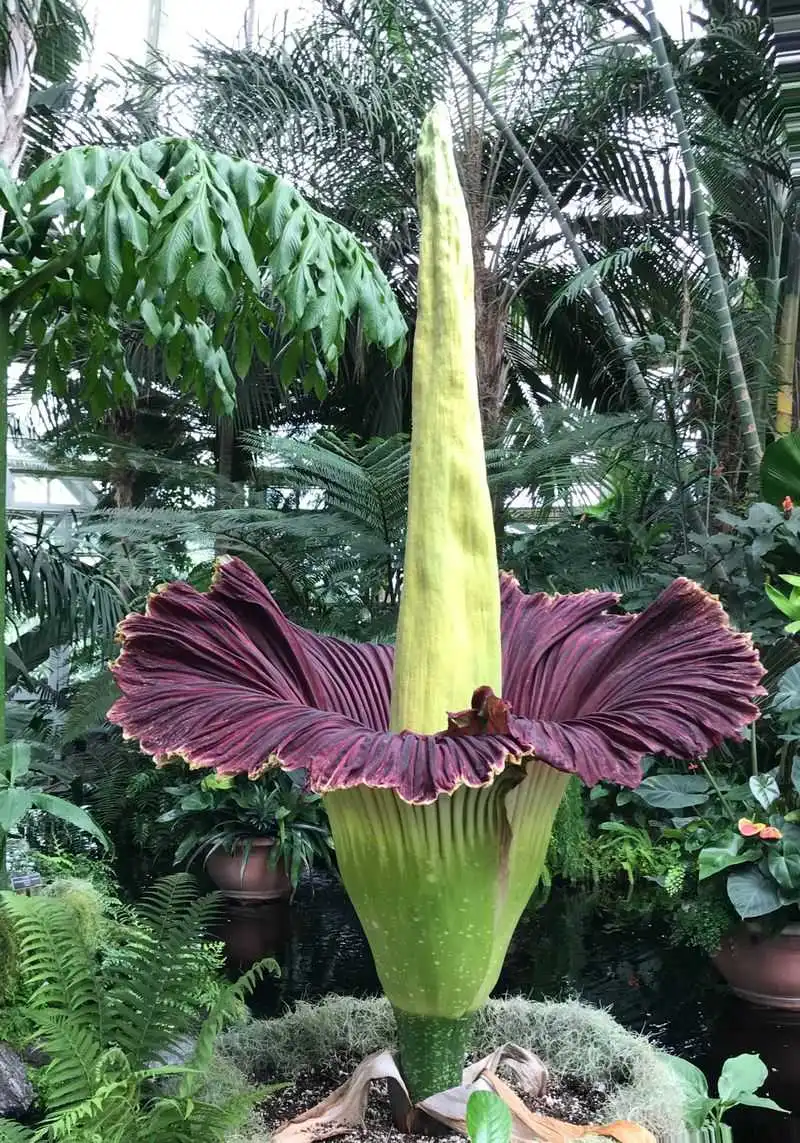
Amorphophallus titanum, known as the corpse flower, is notorious for its overpowering stench of rotting flesh. This rare bloom can reach over 10 feet in height and attracts visitors and pollinators alike with its extraordinary scent.
Despite the foul odor, the corpse flower’s infrequent blooming makes it a celebrated event in botanical gardens worldwide. Its unique characteristics serve as a reminder of the diverse strategies plants use to survive and reproduce. The corpse flower captivates with its size and smell, leaving a lasting impression on all who encounter it.
Plants with Super Senses
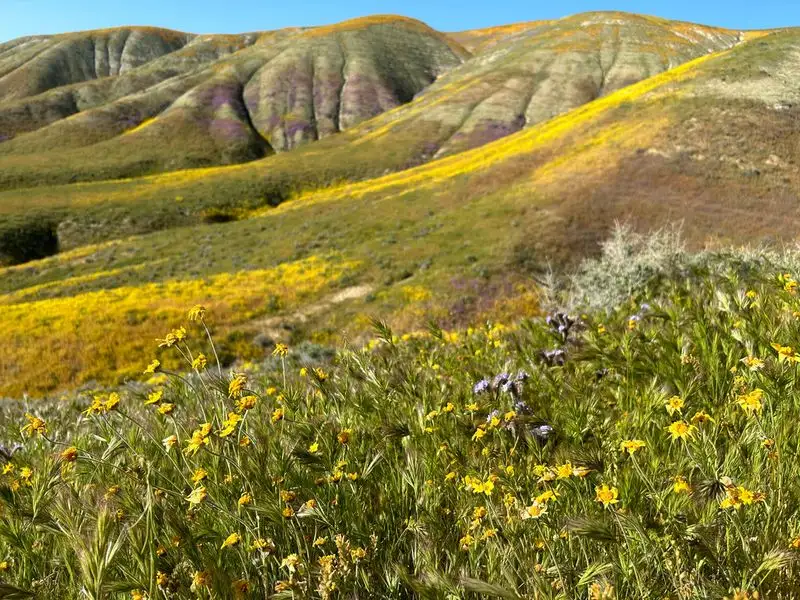
Some plants possess extraordinary senses that allow them to interact dynamically with their environments. Climbing plants, like the pea plant, can sense structures and adjust their growth patterns accordingly by sending out tendrils that grasp onto supports.
This ability to perceive and respond to external stimuli is a testament to the complex sensory capabilities within the plant kingdom. Such interactions illustrate the active role plants play in their habitats, challenging the notion of plants as passive entities. These super senses highlight the adaptability and intelligence of nature.
Edible Flowers
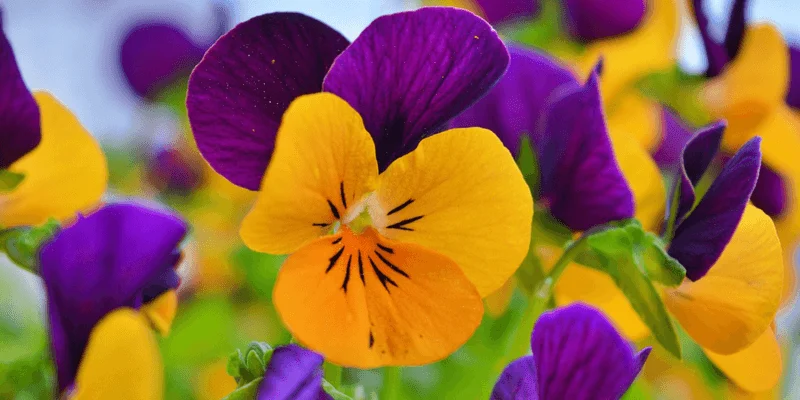
Beyond mere decoration, edible flowers offer a burst of flavor and nutrition. Varieties like nasturtiums, violets, and marigolds can enhance dishes with their vibrant colors and unique tastes. These blooms transform culinary experiences, providing both visual and gastronomic appeal.
Incorporating edible flowers into meals connects us with nature’s bounty in delightful ways. They serve as a reminder that beauty and functionality often go hand in hand, enriching our diets with unexpected ingredients. Experimenting with edible flowers can elevate our appreciation for the diverse offerings of the plant world.
Plants that Clean the Air
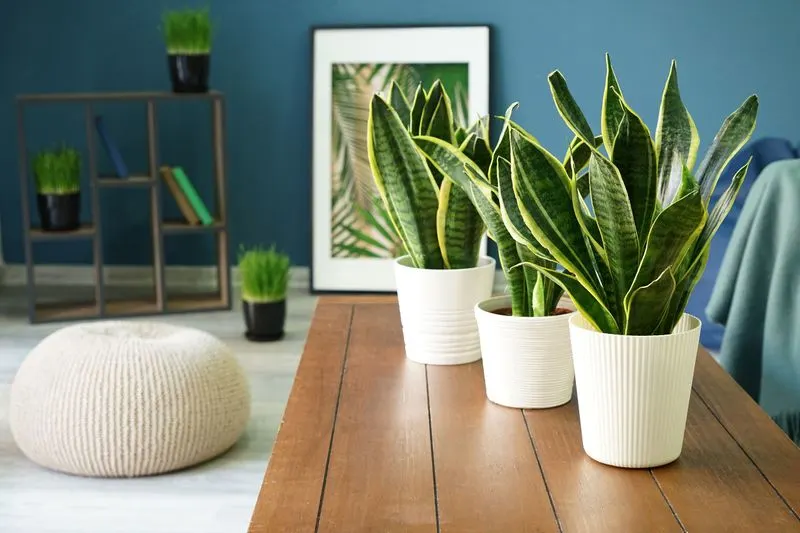
Indoor plants like the spider plant and peace lily are more than just decorative; they actively purify the air by removing toxins. These green allies enhance indoor environments by improving air quality and contributing to a healthier living space.
NASA’s Clean Air Study highlighted the effectiveness of certain plants in filtering harmful chemicals, emphasizing their role in wellness and environmental health. By incorporating these plants into our homes, we not only beautify our spaces but also benefit from cleaner and fresher air. It’s a simple yet impactful way to harness the power of nature.
The Plant That Sings
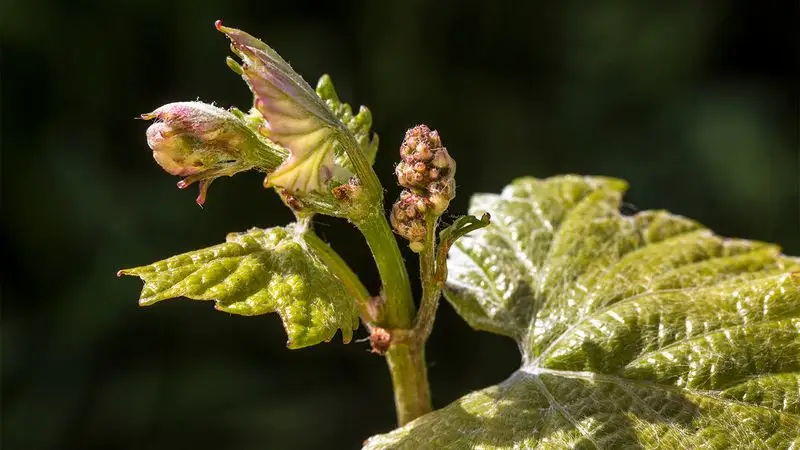
Imagine wandering through a lush, tropical rainforest and suddenly hearing soft, melodic tunes emanating from a bush. It sounds like something from a fantasy novel, but in the Amazon, there are plants that seem to sing. These unique flora have hollow stems that, when the wind blows through them, create musical notes. The sound can attract certain pollinators or just serenade the forest creatures.
While it may not be exactly like a human-made musical instrument, the concept of a plant producing sound adds a magical touch to nature’s symphony. Although rare, these singing plants remind us of the mysteries hidden within the natural world.

